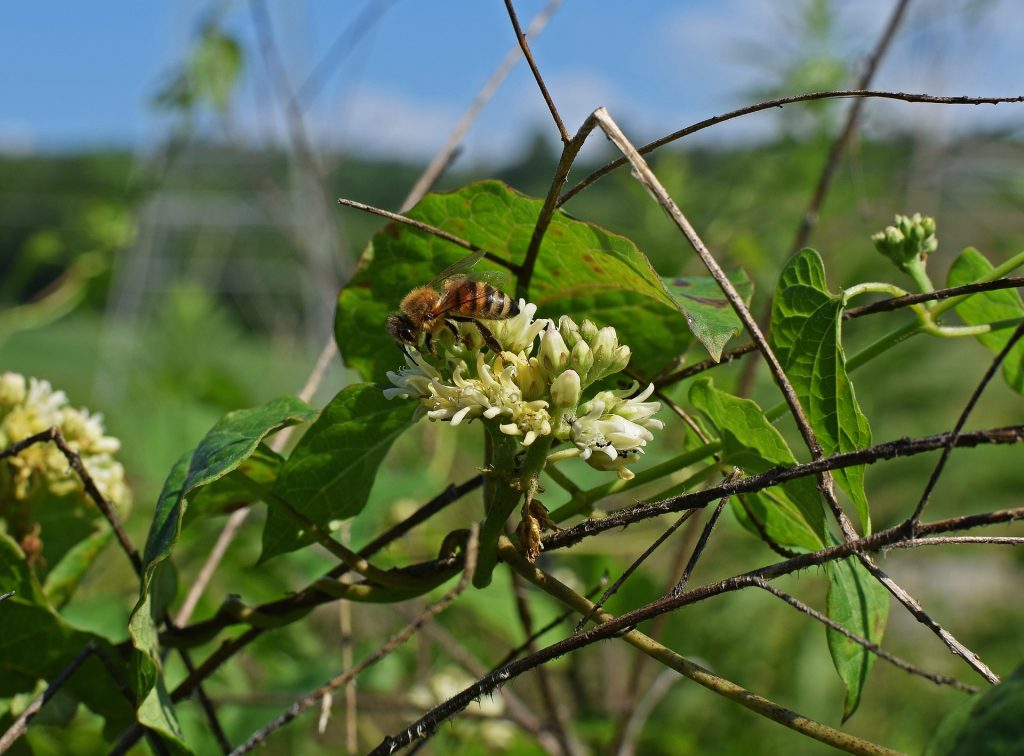
When the rain refuses to fall for an extended period of time, every living thing begins to suffer; the earth cracks, the flowers wilt, and thirst sets in. For these and many other reasons, droughts are dreaded. However, living things are resilient creatures who have survived and thrived in droughts since the beginning of time. Being prepared especially in drought-prone areas helps us to be drought-resistant. Check out our tips on drought-tolerant pollinator gardens!
Why Create a Drought-Tolerant Pollinator Garden
In an effort to conserve resources, one of the first things we do when a drought hits us is water our flowers and green-spaces less often. As a result of that conservation, our flora begins to die off and the bees, butterflies and other pollinators start to disappear. The presence of bees is especially imperative nowadays as they are becoming endangered. Therefore, it’s important that we attempt to keep them around in the dryer times. We can do this by creating a drought-tolerant pollinator garden.
Why are Bees So Important?
Bees are nature’s most generous pollinators. In fact, they are responsible for pollinating approximately seventy percent of the produce we love to eat and around one-sixth of the flowering plants that beautify the earth. Not only that, bees also supply us with nutritious honey, beeswax, royal jelly and bee pollen. Therefore, if we want to stay healthy and nourished we need to do a better job at stewarding these friendly buzzers.
But, why are bees in trouble?
Bees are endangered largely because of humankind’s actions; the widespread use of insecticides, habitat loss, disease and climate change due to CO2 output all play a part in their dwindling numbers. Therefore, to help reverse their decline we need to ditch the harsh insecticides, curb our carbon footprint and rebuild their habitat regardless of whether the weather is wet or dry.
Create & Maintain a Drought-Resistant Pollinator Garden
Xeriscape landscaping (a.k.a. water wise gardening) is the preferred method for creating and maintaining a drought-resistant pollinator garden. With xeriscape landscaping, the gardener upholds a garden adorned with plants that require little water irrigation and groups plants accordingly. Certain types of herbs, wildflowers and succulents can store vital nutrients within and nourish themselves over an extended period of time, which is beneficial when water is scarce. Plants that thrive in dry conditions include sage, thyme, lavender, rosemary and marjoram. As does ground clover, beach aster, Verbascum, scorpion weed, poppies, cornflower, teasels, Toadflax, daylily, Russian sage and deadnettle.
In addition to supplying the garden with drought-resistant pollinating plants, one must also provide the right environment for the flora to continue to grow successfully. Peppering the garden with a path of medium to large smooth stones will slowly direct water where it is needed the most. And, applying at least three inches of organic mulch over the soil can help retain moisture while keeping the roots out of direct sunlight. Additionally, you can install a water-efficient drip irrigation system and water early in the morning (no later than 6 am) to reduce evaporation. Pull weeds to keep them from sucking up the moisture and apply fresh compost for added nutrition.
Every drought-resistant garden should make use of rain barrels for water collection before, during and after a drought. Water collected can be used to feed the garden as well as the rest of green-spaces around the residence. Additionally, rainwater collected can be used indoors when flushing toilets and washes dishes.
There is no reason for the aesthetics of your garden to suffer in times of heat and drought. Xeriscaping with beautiful flowers that attract pollinators is a rewarding effort to help save the bees while also keeping your garden healthy and green!
